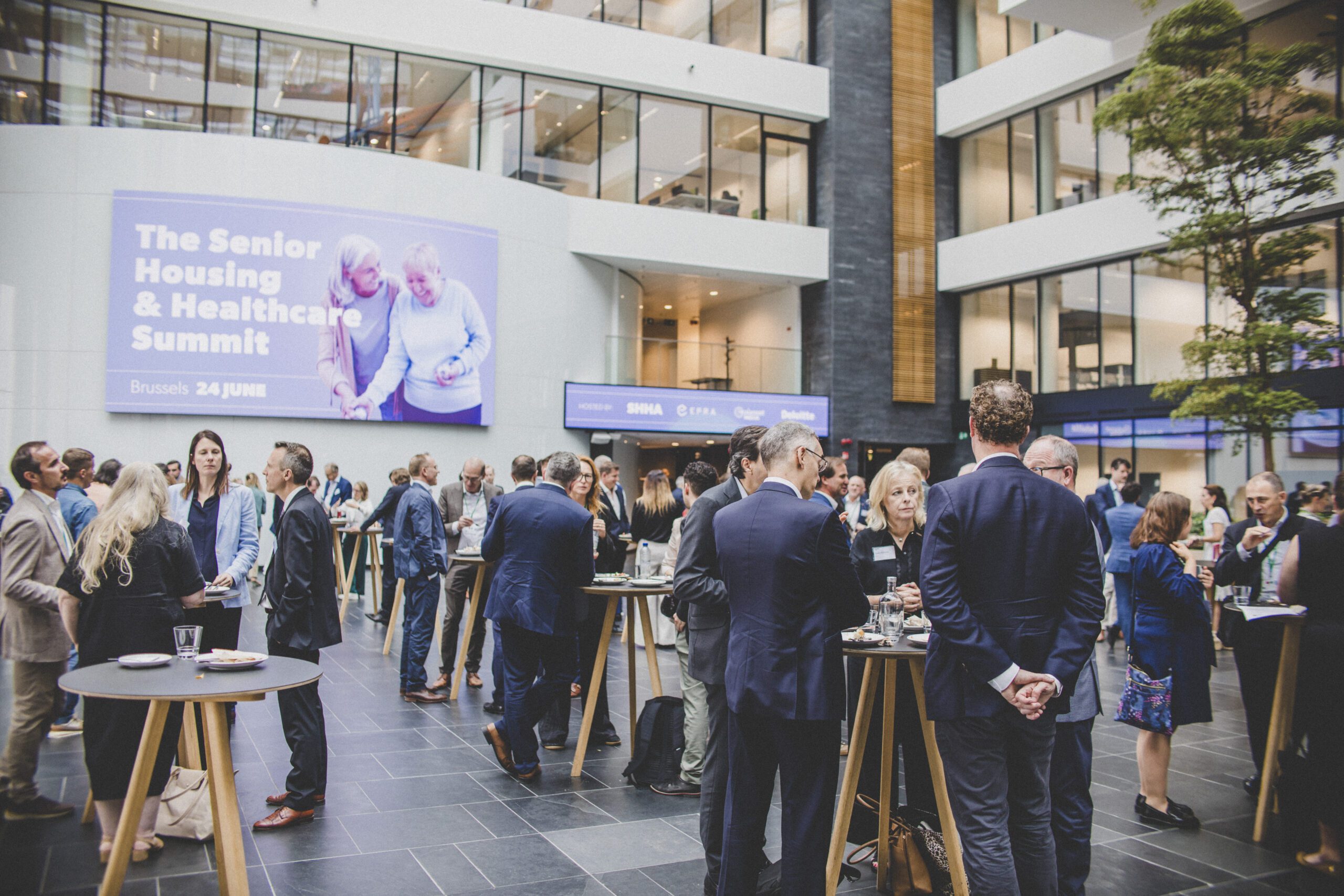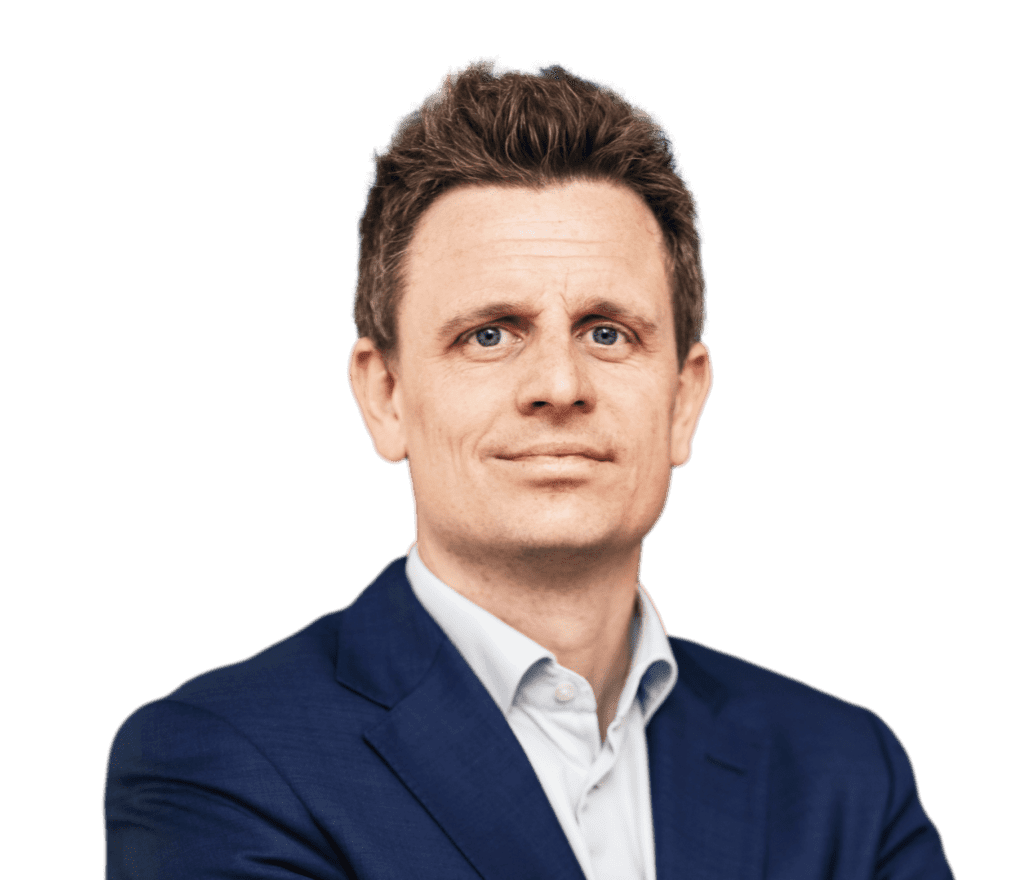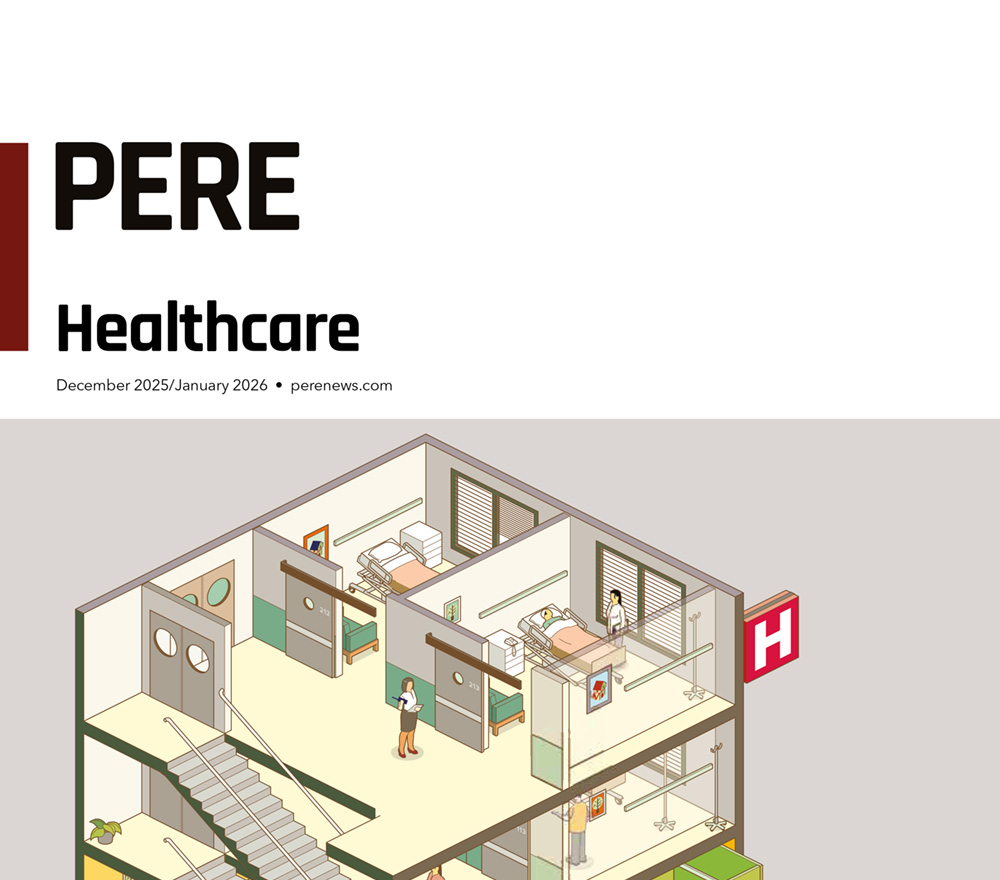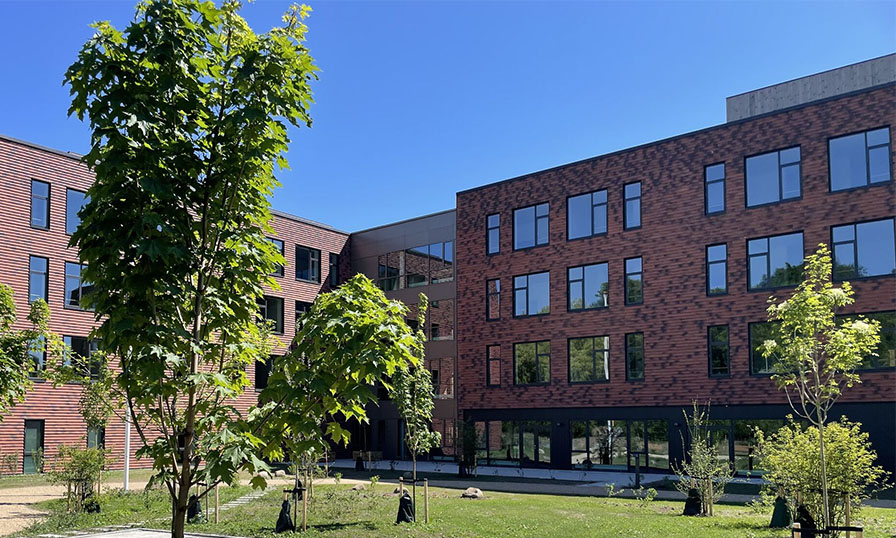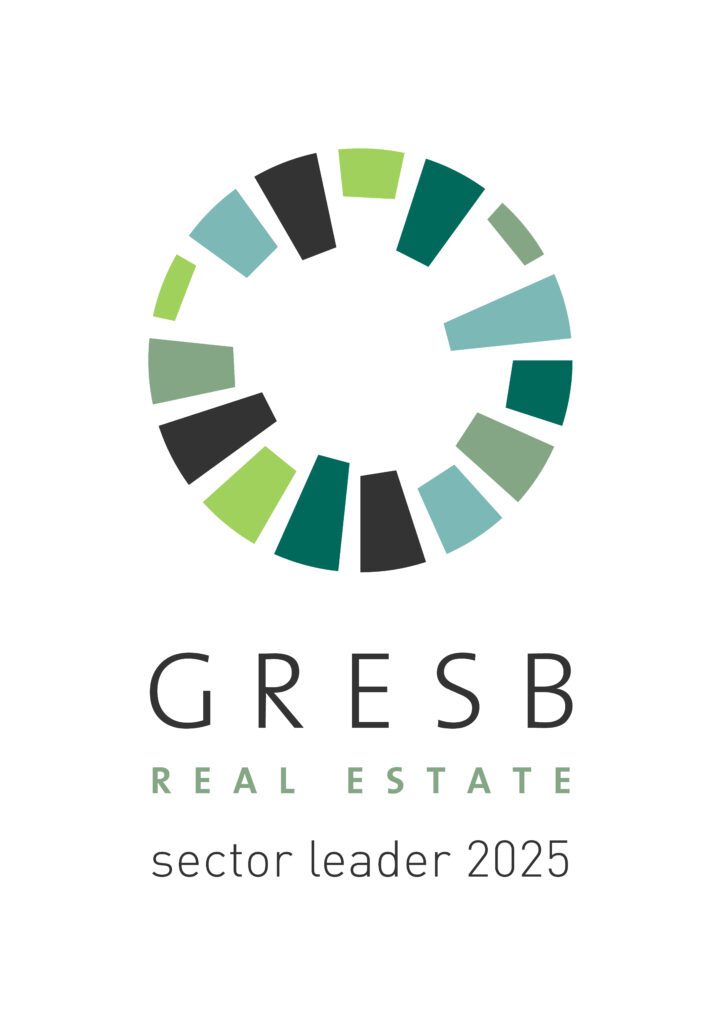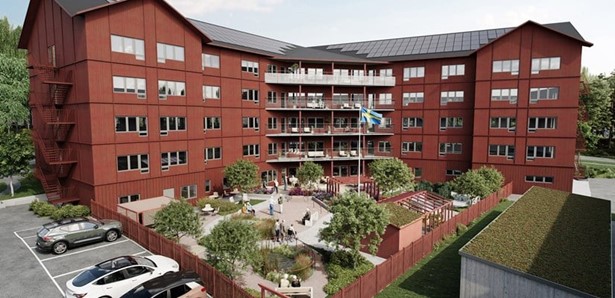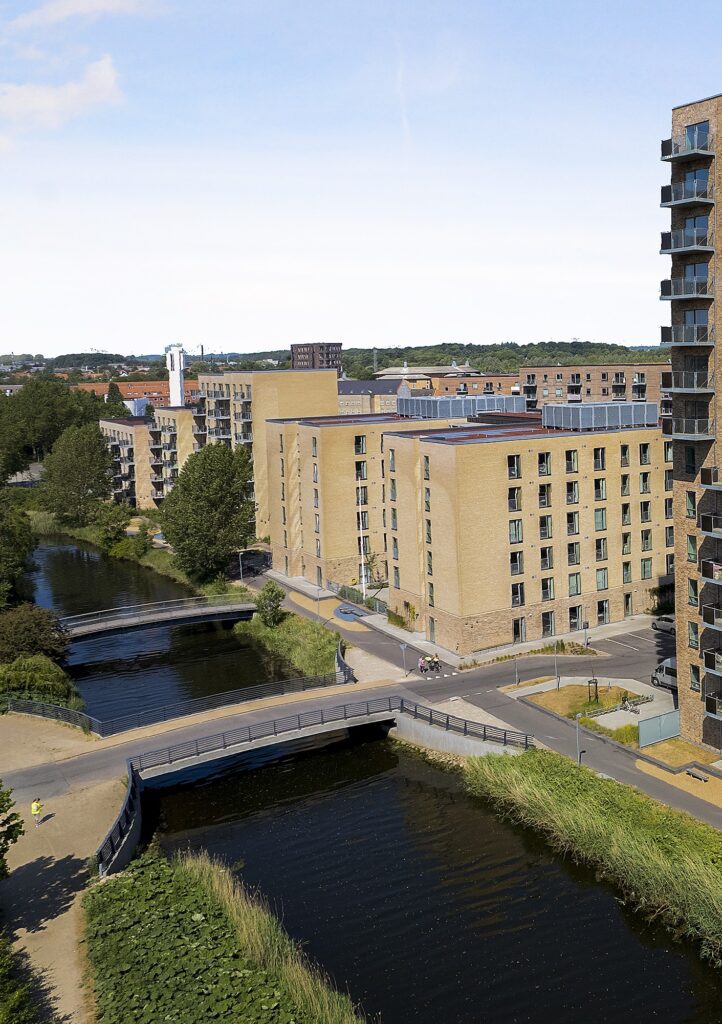The Summit serves as a platform for dialogue and knowledge-sharing among investors, operators, policymakers, financial institutions, and developers—mainly from Europe, but also from North America and beyond.
During the afternoon breakout sessions, discussions focused on specific markets and shared insights into unique market conditions and emerging trends. Kasper Wehner, Investment Director at Northern Horizon, led the session on the Nordic region, spotlighting the distinctive social care models that characterize the Nordic countries.
Despite the Nordic countries ranking highest in Europe in terms of healthcare spending, demand for care beds far exceeds supply. By 2030, the region will face a shortfall of approximately 185,000 care beds, requiring over EUR 3.1 billion in annual investment to close the gap.
The undersupply creates a strong need for private investment. At Northern Horizon, we have invested in over 160 care homes since 2007 and developed close partnerships with strong, reputable operators, Kasper said in his introduction.
Charles Favard, Managing Director at UBS Investment Bank, who has extensive experience with fundraises in the healthcare markets of both the UK and the Nordics, noted a surge in international investor interest in Nordic social infrastructure.
He highlighted the Nordic funding model as a key factor that makes the market attractive to foreign capital, including international pension funds. In the Nordic countries, aged care is government-funded through taxes. While each country takes a slightly different approach, the core principle remains: funding follows the individual, who is free to choose between a municipal or a private care home.
“Aged care is a low-risk segment, and this is especially true in the Nordic region due to the resilience of rental income underpinned by growing demand, low supply, triple net leases and indirect rental guarantee from governments,” he added. “Combined with stable yields, healthcare assets in the Nordics present a compelling investment case. International investors value these robust market fundamentals.”
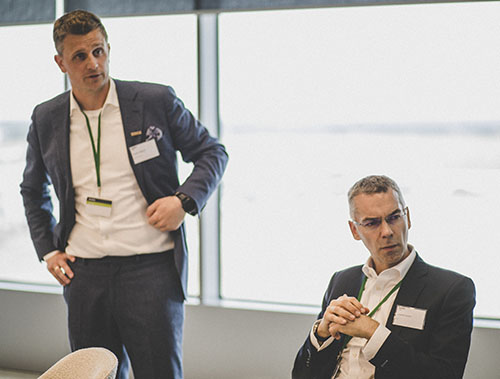
However, despite growing demand, the limited availability of operators is currently one of the key barriers to growth in the Nordic private sector.
To bring in an operator’s perspective, Frédéric Durousseau, CEO Clariane Real Estate —representing one of Europe’s largest aged care operators with activities in France, Belgium, Italy, and Germany—joined the panel.
We have looked at the Nordic market before and found it very interesting, said Durousseau.
For new operators, the widespread “free choice” principle and the concept that funding follows the individual offer strong potential and security, as these features help ensure revenue once a care home reaches full occupancy.
The discussion also touched on key considerations for operators exploring new markets, including lease structures. In the Nordic region, very long, inflation-indexed leases are the norm. The financial commitment these leases entail must be carefully assessed when entering a new market.
Experts concluded that two key factors make the Nordic market highly favorable for both investors and operators:
- The growing structural gap between demand and supply, and
- The unique Nordic welfare funding model.
A more efficient system with better demand-supply balance will depend on both international capital and the entry of strong, experienced operators.
